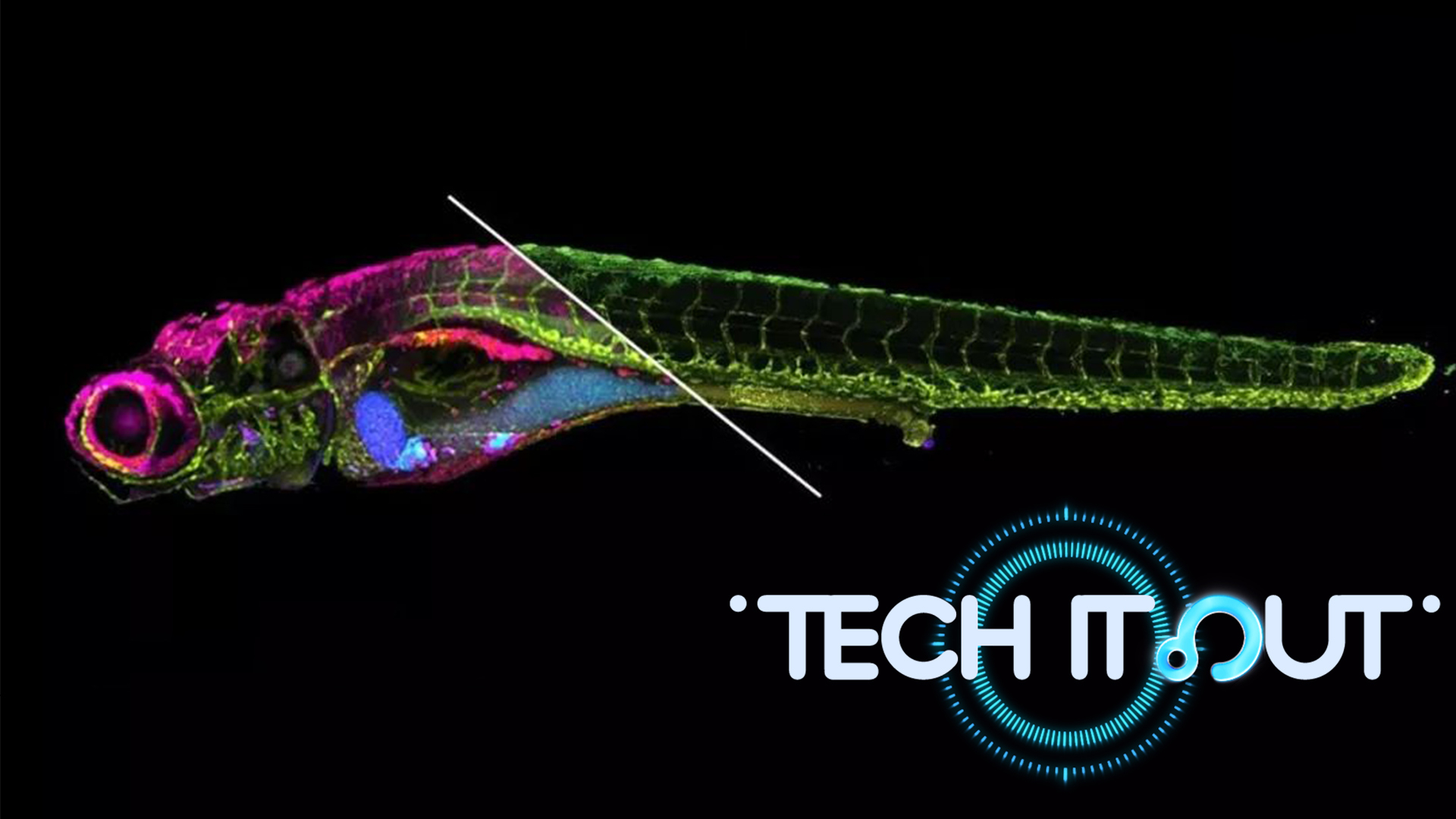03:01

In this week's Science Saturday, we look at science news ranging from the coronavirus to a new bio-imaging method.
Coronavirus outbreak
Scientists have explained the relatively high infectivity, or the ability of the novel coronavirus to spread, from a biological perspective. Unlike most common viruses, COVID-19 has many spikes on its surface, which can be observed under the microscope. They are actually proteins and once they make contact with a receptor called "ACE-2" on the surface of cells, they can infect them. During this process, the spike protein works like a door opener, allowing the virus to get inside and cause infection.
Bio imaging
Researchers from the University of Southern California have developed a new tool to better observe what's happening inside the bodies of living creatures. The new technology is called "spectrally encoded enhanced representations," better known as SEER. It can help medical scientists develop better diagnostics or treatment for certain diseases, including detecting cancer or damage from pollutants. Compared with current biological imaging techniques, SEER can provide greater clarity and work up to 67 times faster, at over two times greater definition.
Hydropower
Scientists from the City University of Hong Kong have developed a novel electricity generator. It's based on droplets, enabling a single drop of water to power a hundred LED light bulbs. The device functions with high energy-conversion efficiency, and its instantaneous power density can be increased by thousands of times compared with existing technology. Scientists say this invention can help advance research on hydropower generation and sheds light on energy crisis solutions.
Locust disaster
The United Nations has called on the international community to help African countries affected by swarms of locusts. Ethiopia, Somalia, Tanzania and Uganda are the worst hit countries, facing potential food insecurity for 13 million people. In South Asia, Pakistan has declared a national emergency. The species often gathers in swarms, inflicting extensive damage by devouring plants and crops. It's estimated a swarm can contain about 40 million locusts per square meter and consume the same amount of food in a day as about 35,000 people.
"Science Saturday" is part of CGTN's science and technology series "Tech It Out." The segment brings you the latest news about innovations and technological breakthroughs in the past two weeks from across the world.